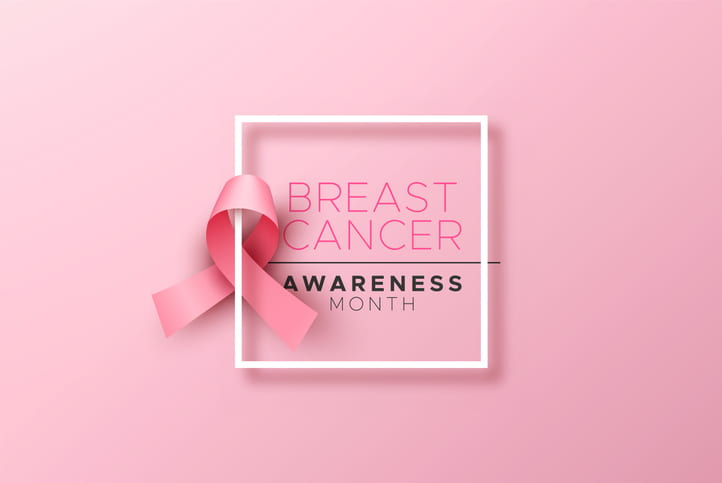Breast Cancer Awareness Month is an annual observance held in the month of October. Breast Cancer is the second most common cancer among U.S. women and is by far the most common cancer in women worldwide, both in developed and developing countries.1 .
To mark world awareness of the disease, pink ribbons adorn shopping bags, advertisements and even food items marking Breast Cancer Awareness. Take time this month to review FAQs about breast cancer, see if you’re eligible for a free screening and start a conversation with your doctor if you have questions or concerns.
Is Breast Cancer Screening Covered?
The two tests commonly used to screen for breast cancer are the mammogram and a clinical breast exam (CBE). Under the GW HSP and PPO medical plans, one mammogram per year is covered at 100% at age 40 and over. If you are at a higher risk of breast cancer, your doctor might want to use other tests too, such as a different type of mammogram or magnetic resonance imaging (MRI).
The National Cancer Institute recommends that:
- Women 40 years and older should get a mammogram every one to two years.
- Women who have had breast cancer or other breast concerns or who have a family history of breast cancer might need to start getting mammograms before age 40, or they might need to get them more often. Talk to your doctor about when to start and how often you should have a mammogram.
What Steps Should I Take if Breast Cancer Runs in My Family?
There’s no way to know whether you’ll get breast cancer even if it runs in your family. According to the American Cancer Society, most women who develop breast cancer don’t have any relatives with the illness. But it’s true that a family history of breast cancer does increase your risk.2
If your family history raises red flags, start by talking with your doctor about your family health history. That includes both sides — your mother’s and your father’s. Along with other factors, this can help your doctor evaluate your risk.
How Can I Support My Friend/Family Member with a Recent Diagnosis?
Many studies3 have found that cancer survivors with strong emotional support tend to adjust better to the changes cancer brings to their lives, have a more positive outlook, and often report a better quality of life. Research has shown that people with cancer need support from friends. You can make a big difference in the life of someone with cancer.
- Send brief, frequent notes or texts, or make short, regular calls. Include photos, kids’ drawings, silly cards, and cartoons.
- Schedule an ongoing virtual visit that allows you to give physical and emotional support for your friend.
- Refrain, to the best of your ability, the impulse to offer medical advice or your opinions on things like diet, vitamins, and herbal therapies.
1 https://www.wcrf.org/dietandcancer/breast-cancer-statistics/

